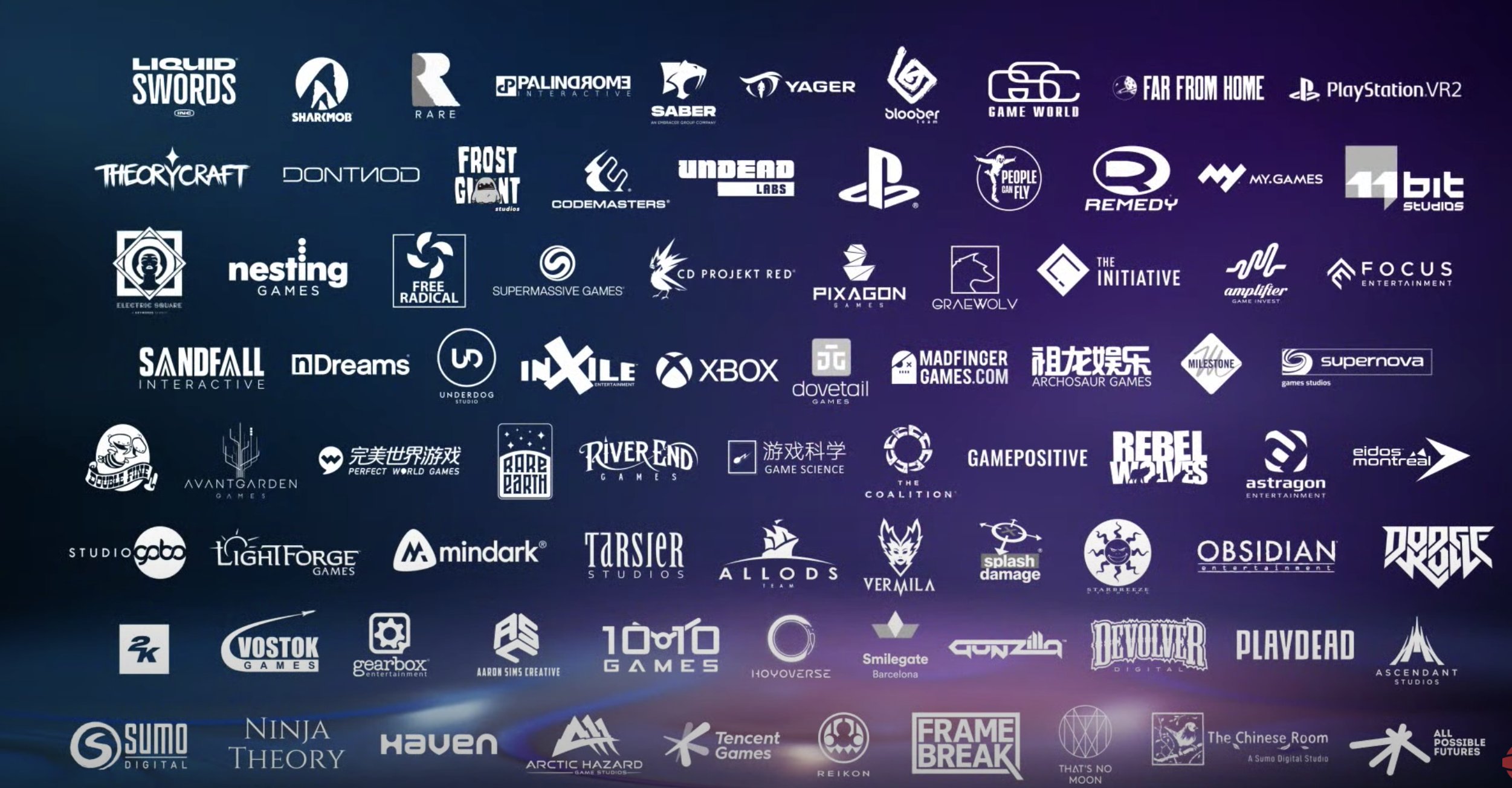ErRor88
Member
In preparation for tomorrow's conference.
Ready for what’s next?
Join us on April 5 for our State of Unreal livestream, where we’ll explore what’s in store for the future of games—and announce some exciting news. Want a reminder when the livestream’s due to start?

 www.unrealengine.com
www.unrealengine.com
Ready for what’s next?
Join us on April 5 for our State of Unreal livestream, where we’ll explore what’s in store for the future of games—and announce some exciting news. Want a reminder when the livestream’s due to start?

State of Unreal
The State of Unreal livestream has wrapped up—watch recordings of the keynote and tech talks here.
Time and Date Speakers Details 11:00 AM EDT | April 5
Tim Sweeney, Kim Libreri, Dana Cowley, Nick Penwarden, Zak Parrish, Teddy Bergsman Lind, Sjoerd de Jong
State of Unreal Keynote
Ready for what’s next? Don’t miss our keynote for some very special Unreal Engine news.12:30 PM EDT | April 5
Jerome Platteaux, Votch Levi, Scott Clifford
The Matrix Awakens: Creating a World
Discover how Epic's Special Projects team leveraged UE5 to create the environment in The Matrix Awakens. We’ll cover our modular procedural approach to building creation; Open World workflows (One File Per Actor, Data Layers, HLODs, level instancing); lookdev breakdowns of materials and texturing; and updates on improvements to Lumen, our global illumination and reflections system.1:30 PM EDT | April 5
Quentin Marmier, Robert Osbourne, Julien Marchand
The Matrix Awakens: Generating a World
Find out how we procedurally generated the city for The Matrix Awakens demo using a combination of Unreal Engine-native procedural tools and a game-changing new Houdini workflow. We’ll dive into the different construction steps and technical challenges that we faced along the way.2:30 PM EDT | April 5
Andreas Suika
Creating your first game in Unreal Engine
Tune in for a fast-paced and inspirational tech talk on creating a game in Unreal Engine.


